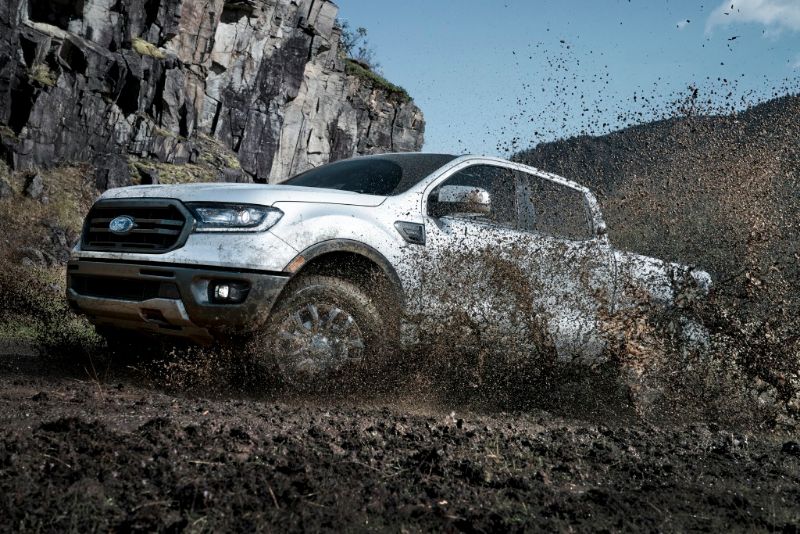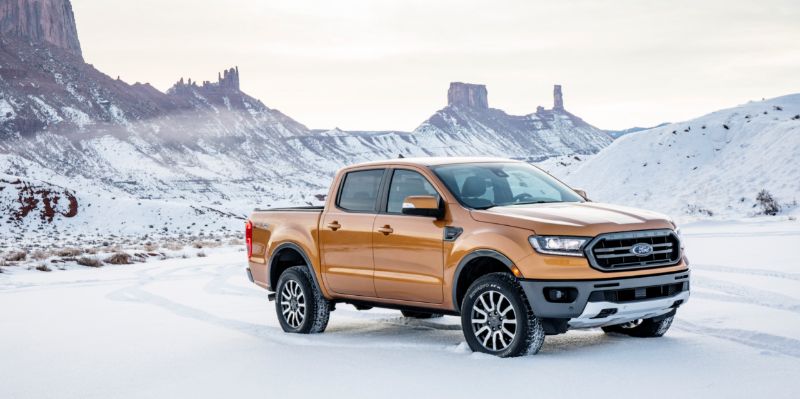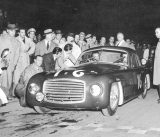Ford Ranger

2019 Ford Ranger
The Ford Ranger is another dependable pickup truck with a gap in its history within the United States. The first vehicles to get the Ranger nameplate were in production from 1958 to 1960 as part of the Edsel Ranger. Between 1965 and 1981, it appeared as a trim level on the F-Series trucks. Starting in 1983, the Ford Ranger name was reserved for its own model, a compact pickup. It went global in 1998, but the United States and Canada saw it discontinued for 2011. The Ranger will be making a comeback for the 2019 model year. Experts predict that it will be just a dependable as the previous versions.
In the meantime, finding a used Ranger is also a fantastic way to get a dependable pickup truck. Owners regularly report getting more than 200,000 miles on this truck, many times without a single issue or just minimal problems. Some even report driving their Ranger past 500,000 miles with a few original components in place.

2019 Ford Ranger
If you opt for a used Ranger, keep in mind that the final generation before the break in production lasted from 2001 to 2011. There were usually four trim levels with a few others available depending on the model year. You could find a standard or extended body style and the choice of a 5-speed manual or automatic transmission. The engines in this generation were a 2.3-liter 4-cylinder, a 3-liter V6, or a 4-liter V6. The 2.3-liter made between 135 and 143 horsepower, while the 3-liter delivers 148 to 154, depending on the year. The 4-liter V6 always got 207 horsepower.
Driving this generation of the Ranger will give you a nimble vehicle whether you stay on the road or hit the trail. It was a bit dated for the time in terms of features, which is something that may affect your decision.
If you go with the new 2019 Ford Ranger, you will see plenty of similarities to the larger Ford F-150. This includes the Sync 3 technology, smartphone connectivity, available Wi-Fi, and available blind-spot monitoring. The Ranger is not out yet, so details may change. As of now, it will only have a 2.3-liter turbocharged 4-cylinder engine that experts assume is related to the Ford Explorer SUV’s 4-cylinder, which gets 280 horsepower in that model.





